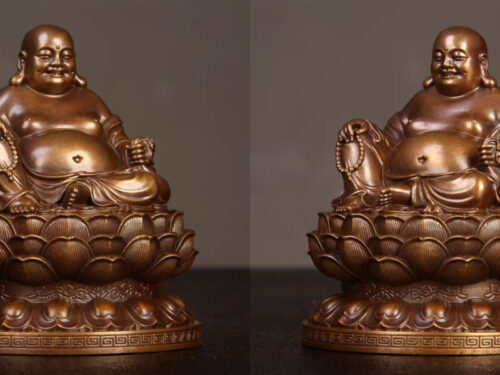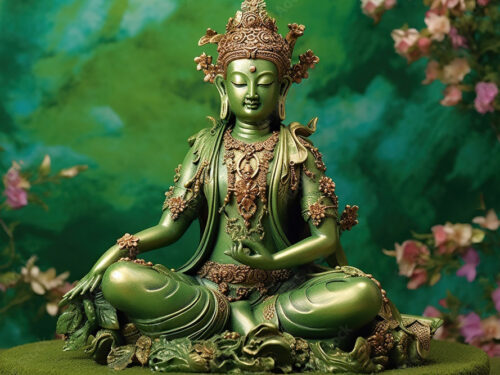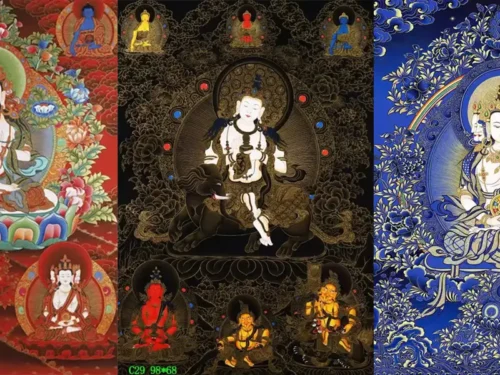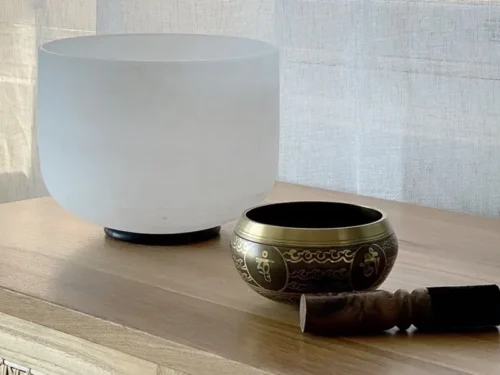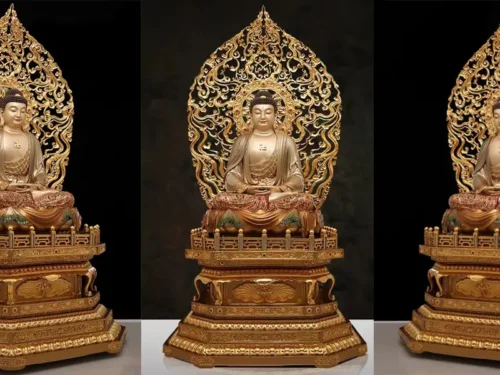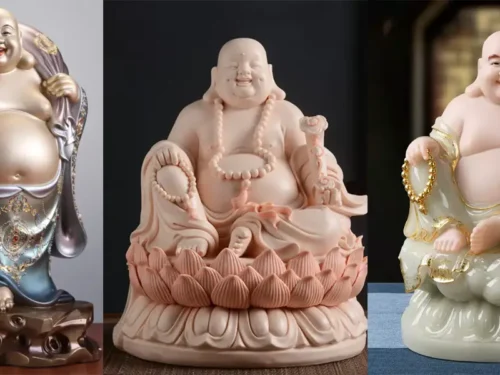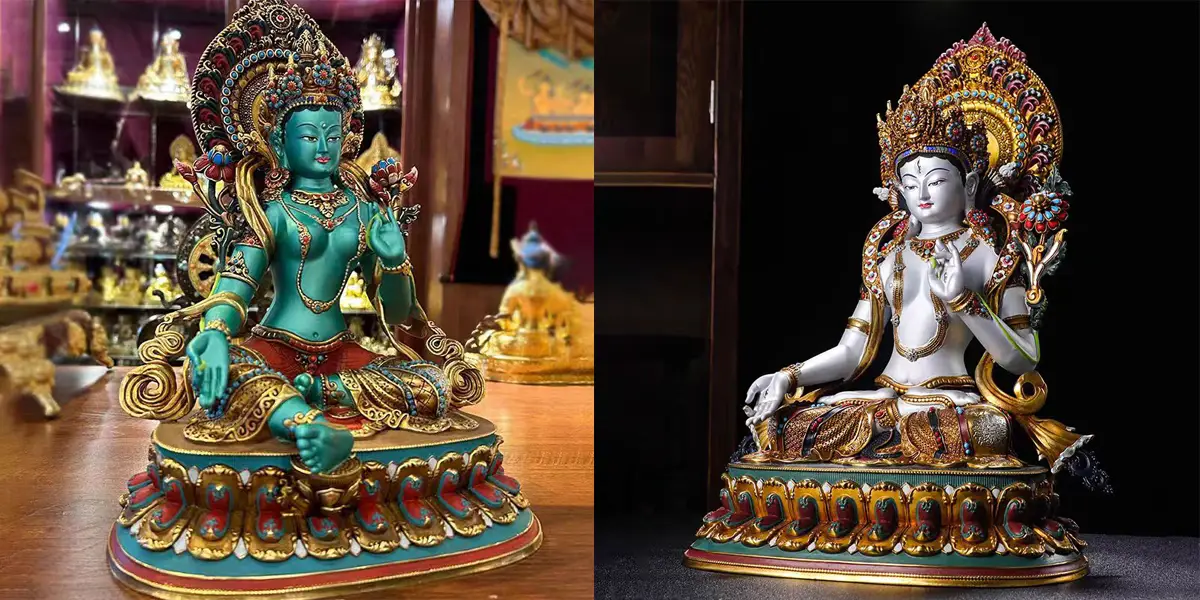
Are you interested in the difference between green Tara and white Tara? In Buddhist tradition, Tara is an important female deity, regarded as a symbol of wisdom, compassion, and protection. Among them, Green Tara and White Tara are two highly respected images of Taras, playing different and complementary roles in Buddhist practice.
The Appearance and Symbolic Significance of Green Tara and White Tara
Green Tara is depicted as a young and energetic woman, usually green or emerald green, holding a lotus and extending her right hand outward, symbolizing the power to release fear and bestow blessings. On her lotus bud, there is usually a small Buddha statue, symbolizing her wisdom and compassion. Green Tara is considered a protector for quickly relieving pain and difficulties, and her worshippers believe that she will quickly respond to their prayers and help them overcome obstacles.
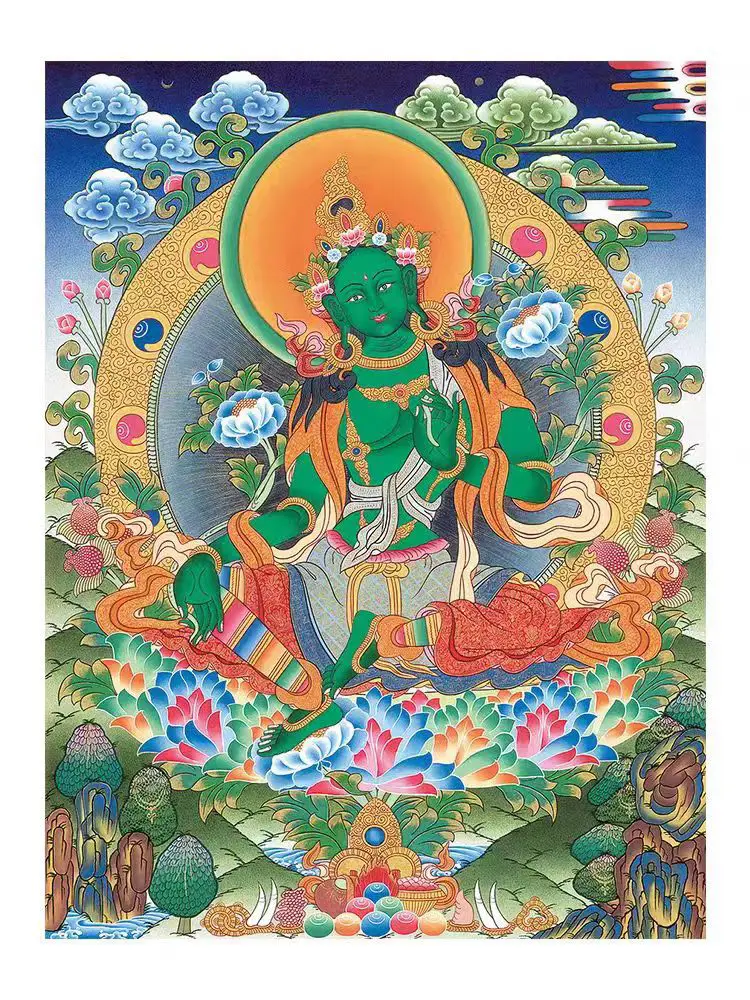
White Tara, on the other hand, presents a soft white color and is often depicted as a dignified and elegant woman holding seven blooming white lotus flowers, symbolizing her purity and compassion. White Tara is regarded as a symbol of longevity, health, and happiness, and her worshippers believe that she can bring physical and mental healing, and prolong life.
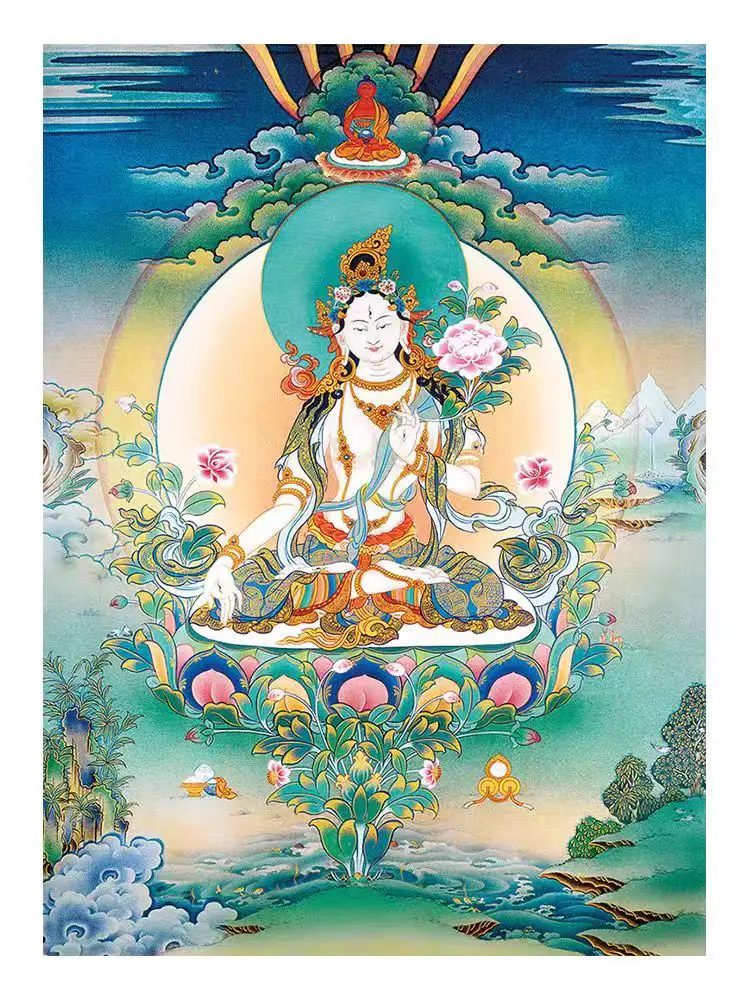
Different legends and origins
The origin of Green Tara can be traced back to the Indian mythological legend of Avalokiteshvara, who is said to have been born from thousands of green tears to cope with human pain and suffering. Therefore, Green Tara is considered a symbol of compassion and compassion, and her image inspires people’s efforts to alleviate the suffering of the world.
In contrast, the legend of White Tara is related to longevity and healing in Buddhist teachings. She is described as appearing in the ancient White Tara Sutra, and is said to have saved all beings with pure and compassionate power. White Tara is regarded as a sacred force that protects Buddhism, and her worshippers believe that she can bring physical and mental recovery while extending their lifespan.
Application in practice
Both Green Tara and White Tara have extensive applications in Buddhist practice. In meditation and prayer, believers will request the power of the Green Tara to overcome difficulties and obstacles, seeking the blessings of wisdom and compassion. For those who pursue longevity and health, the worship of White Tara is seen as an important way of practice, and they will obtain her protection by reciting scriptures and performing specific rituals.
Conclusion
Green Tara and White Tara, as important female deities in Buddhist tradition, although different in appearance and symbolic meaning, both represent the power of compassion, wisdom, and protection. Whether facing difficulties and pain, or pursuing health and longevity, believers can seek the protection and guidance of Green Tara and White Tara. By understanding and worshipping them, people can gain strength and enlightenment on the path of practice.


